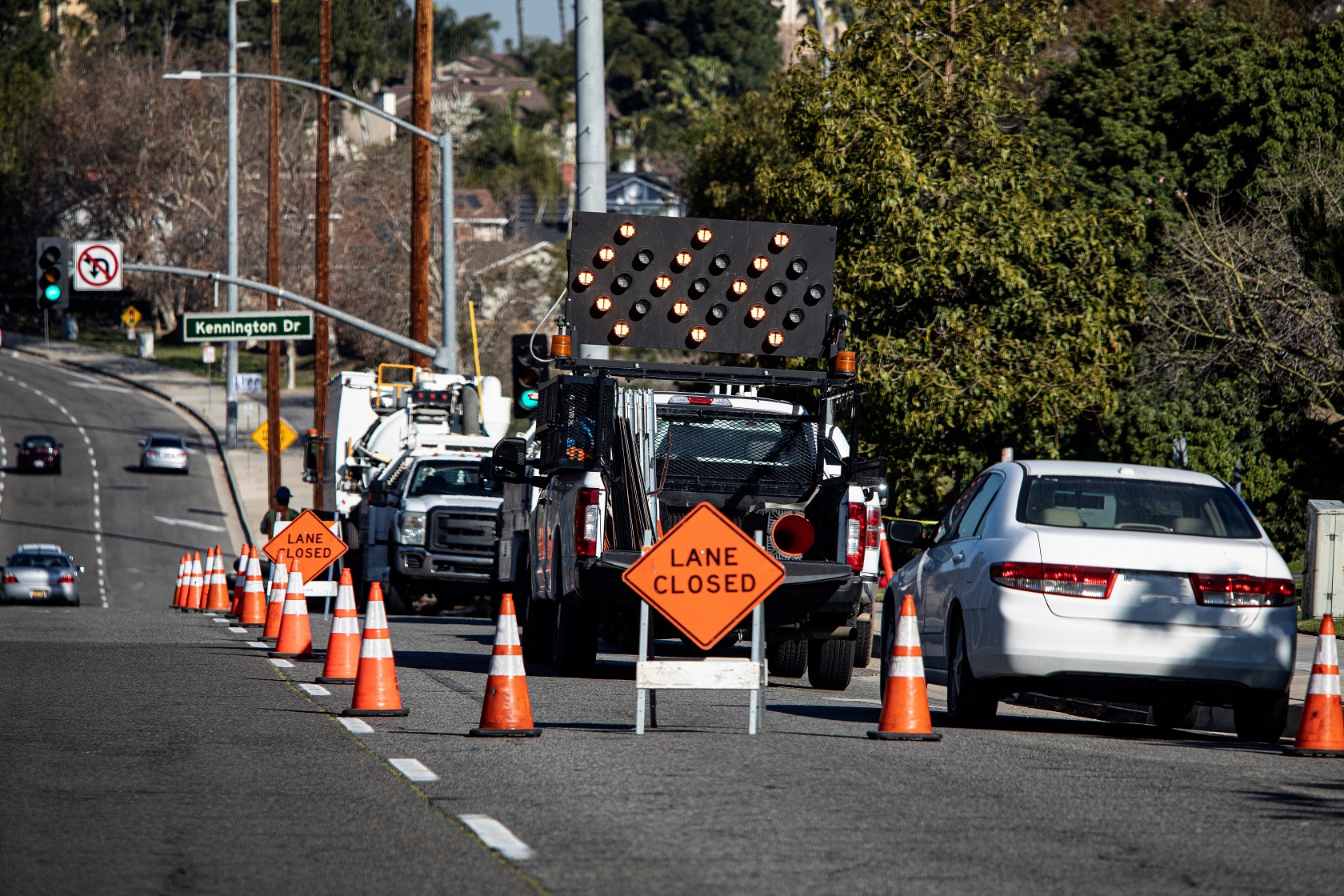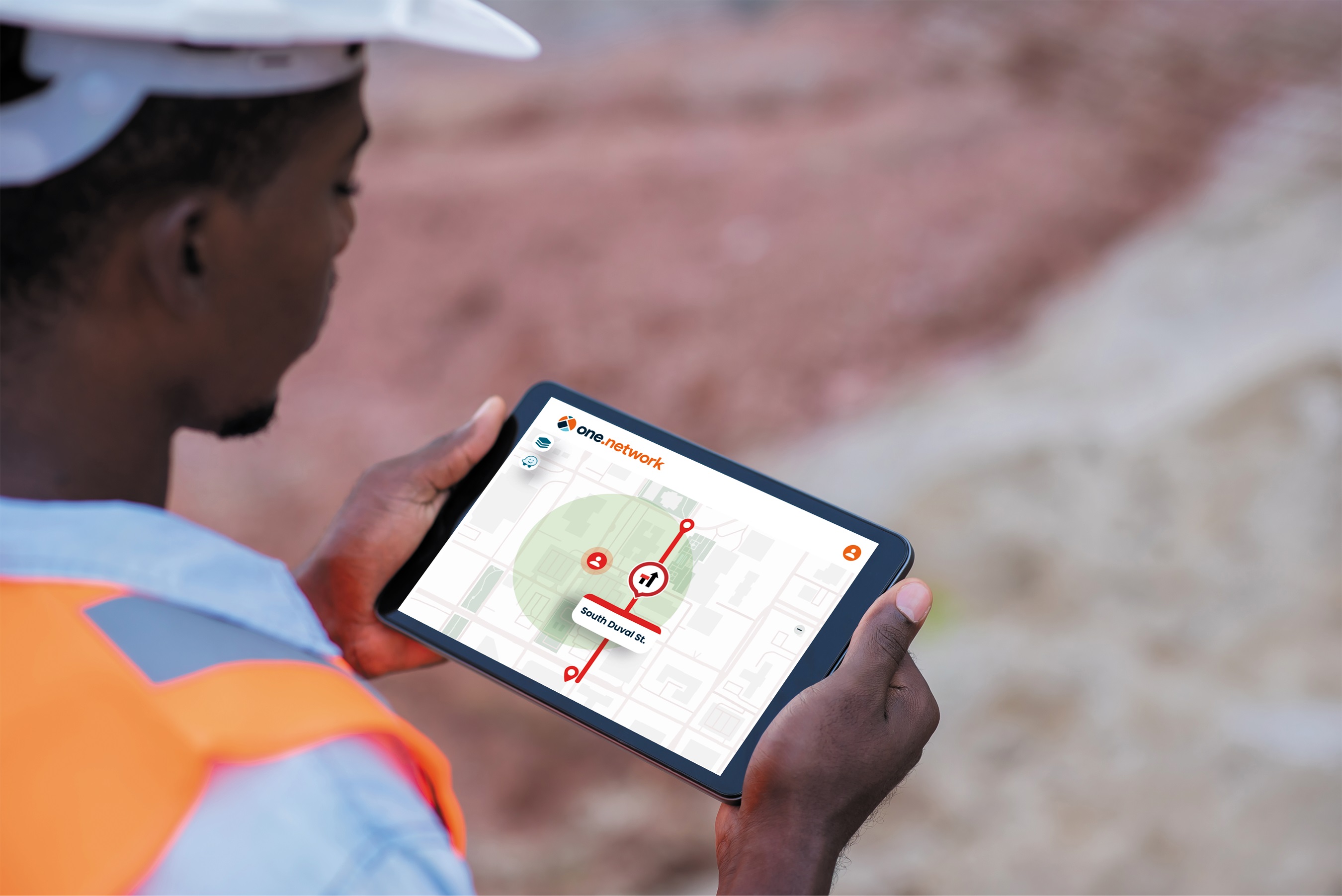
When our industry commemorates (not celebrates, please) National Work Zone Awareness Week (NWZAW) beginning 17 April, you’ll hear a lot of messages reminding drivers to slow down and drive carefully. You’ll probably hear one statistic over and over again. In an average year, more than 800 people die in work zone crashes. It’s shocking, jarring and hopefully, it moves us all. But will it move us to action?
The language we use to address the crisis is important. In my view, the word average (and I’ve used it) is offensive. At the risk of sounding preachy, there’s nothing average about a family losing a loved one violently and traumatically. I also believe we concentrate too much on 800 and not enough on the word, people in that sentence. Numbers represent math. People represent mothers, fathers, sons and daughters. Each one in that 800 represents the worst day in the lives of their families left behind.
Which way are workzone fatalities trending?
Workzone safety is something we think about 52 weeks a year, not just one, and we try to do it remembering we’re not just doing a job; we have the potential to save lives today. It’s a spur to remind us to think deeper, work harder and deliver stronger, because if we don’t give it our all, somebody’s mom or dad could die unnecessarily.

In the quarter century since a group from the Virginia Department of Transportation first envisioned a special week to raise awareness about workzone safety, the National Work Zone Awareness Week commemoration has done a lot to recognise the dangers work crews and drivers face in workzones.
Their goals were (and are) to raise awareness about the dangers that exist in workzones, to standardise and promote a series of tips, and to reach out to work crews and contractors about how traffic delays can influence driver behaviour.
Still, in an era when the goals of Vision Zero are baked into many agencies’ strategic plans, workzone fatalities are trending in the wrong direction. A graph of the last decade shows a consistent low-left to high-right diagonal increase from 590 deaths in 2011 to 857 in 2020. That’s 267 more family members lost.
Why it's time for new thinking
But we can do something about it. If you’re reading this in ITS International, you’re a member of America’s transportation community and you’ve opted in by default. Because while it’s important to remind drivers to take greater care around workzones, can we put the full burden on them with the expectation they’ll remember the message when they’re speeding through an occupied workzone? Honestly, I doubt it.
Playing the 'public responsibility' card hasn’t worked so far and I believe it’s time for new thinking. As an industry, we need to place the responsibility squarely on those who can influence the trajectory of workzone crashes: you and me.
We have the networks, the commitment and most importantly, the technology to drive the numbers down and I believe technology is the answer.
Overhead signage, warning signals and cones have done a reasonable job for years, but each has its issues. Permanent overhead signs are often far away from workzones and signals and lights are often too close. Reasonable is no longer good enough. Connected workzones offer the same safety promise as connected vehicles, relaying accurate information to drivers at the right place and the right time. This is a case where the greater the brainpower applied to the crisis, the greater the opportunity for meaningful change.
At One.network, we’re one of several companies working on the issue. Our Live Link solution is part of a statewide programme in collaboration with Florida DoT and we anticipate more initiatives in the next few weeks. Live Link allows crews to open and close lanes and even roads directly from the workzone with our easy-to-use mobile app. This critical information then flows through our platform and, in real time, we put it to work. We standardise and publish it to WZDx feeds and crucially, we transform it into native formats to enable direct data integrations to Waze, Google, Apple and TomTom, so workzone crews can effectively push closure information to drivers.
45,000 injured: that's a sell-out crowd at Yankee Stadium
We’re not alone. Ours is one of a multitude of approaches, but while (of course) I believe our solution is better, all those that provide advance warnings to drivers in their cars or on their cell phones have merit, and all are working toward the same goal of protecting workers and drivers by reducing crashes, injuries and fatalities. The fact is, we need to apply our collective insight and intelligence to the crisis and start treating it like a mission rather than a sales opportunity.
Of course, the private sector can’t make profound change alone. Some departments of transportation are running ahead of the safety curve, but other agencies will have to commit to raising workzone safety to a priority-one level. I know that’s easy for me to say. I don’t have to manage constricted budgets measured against competing priorities but if an agency needs to make a case to its constituents, here’s a profound statistic: the equivalent of five Boeing 737 passenger loads die in workzone crashes each year. In 2020 alone, 45,000 people were injured which is equivalent to a sellout crowd at Yankee Stadium.

Part of the solution is in clearly identifying and working to defeat the consistent issues that contribute to the crisis. That’s another way of saying let’s attack the low-hanging fruit. For example, according to the National Work Zone Safety Information Clearing House, for the last 10 years, commercial trucks have been involved in between 25% and 32% of all work zone fatal crashes.
It makes perfect sense. Commercial trucks travel more miles annually than any other class of vehicle and with their weight and extended stopping distance, they’re obviously less nimble than cars and light duty trucks. But as critical as the situation is, 25-32% is a number we can work with.
It’s why we’re partnering with in-cab information provider Drivewyze to deliver data to truckers as they approach road construction. Drivewyze has tremendous reach with a massive network of cross-platform connected trucks allowing agencies to adopt the service as an extension of state highway safety and traveller information programs.
If you examine the root cause of workzone crashes, it almost always comes down to information delivery and timing. Sometimes it’s a complete lack of information about hazards ahead, sometimes it’s information delivered too late and others it’s delivering information that is completely inaccurate or outdated. Regardless, we can comfortably predict that very few drivers, armed with accurate, well delivered advanced warnings are going to cause a work zone crash. That’s it. That’s the beachhead and in an industry that tends to overcomplicate things, it’s really pretty simple.
This National Work Zone Awareness Week, let’s recommit to working together toward the Vision Zero goal of eliminating deaths on our highways, but also in our workzones. We owe gratitude to the people who build and maintain our roads and the absolute least we can do, is to help them get home safely at the end of the day.
ABOUT THE AUTHOR:
James Harris is founder and CEO of One.network












